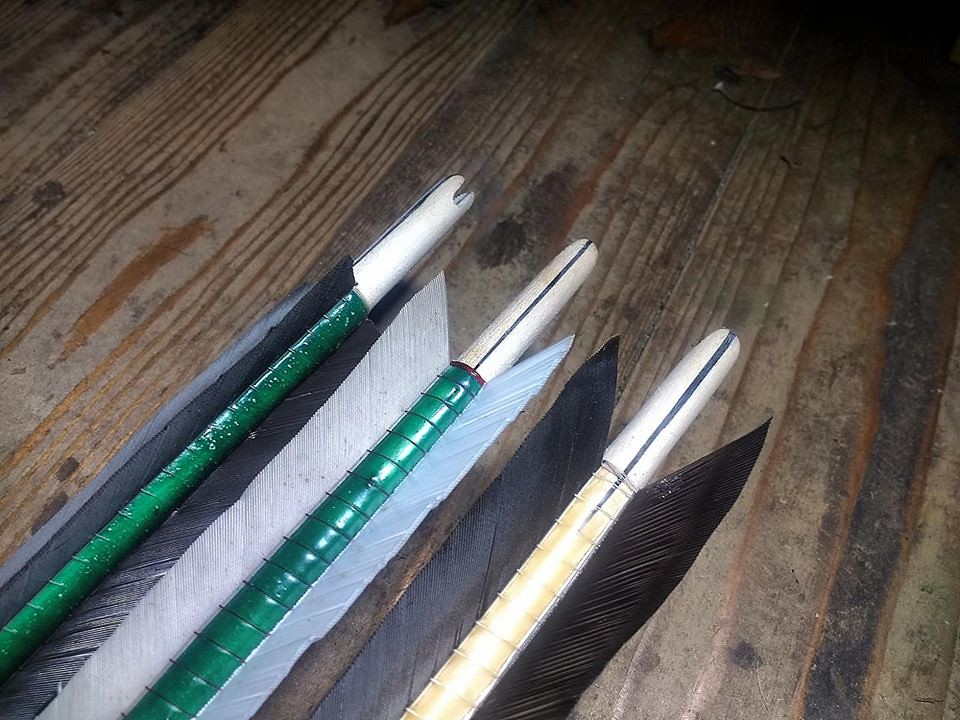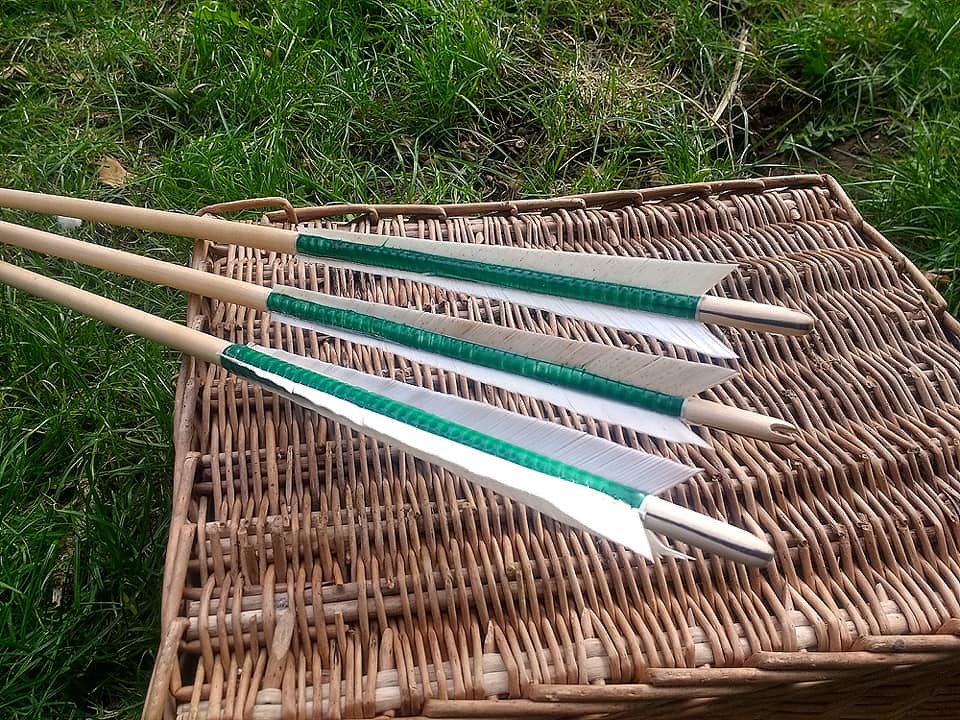@Will Sherman
First time I hear about using alder, do you have some pictures of your alder arrows, how does it behave in contrast with aspen and poplar?
Alder was likely a very popular shaft material as it behaves just like any other good shaft material - light and strong. Many of the MR arrows were made of alder (I've forgotten how many) and the ones that I've looked at that were confirmed to be alder are impossible to tell apart from other woods - as you can see from these pics!
These are alder.



These are willow (again, a brilliant arrow shaft material and also found on the MR)


These are
Pop. nigra or Black Poplar which is essentially aspen.


And these are linden or lime.

As you can see, a white arrow shaft is a white arrow shaft! At 1/2" diameter they all behave the same really - you notice differences when you work them, especially when you're splitting the ends with a blade to fit the horn insert as some species have very straight grain and some don't (or simply don't like to follow it!) but unless you're up close you just wouldn't know. Willow is slightly softer, which I assume is why the Mary Rose willow shafts were generally larger than all the others.